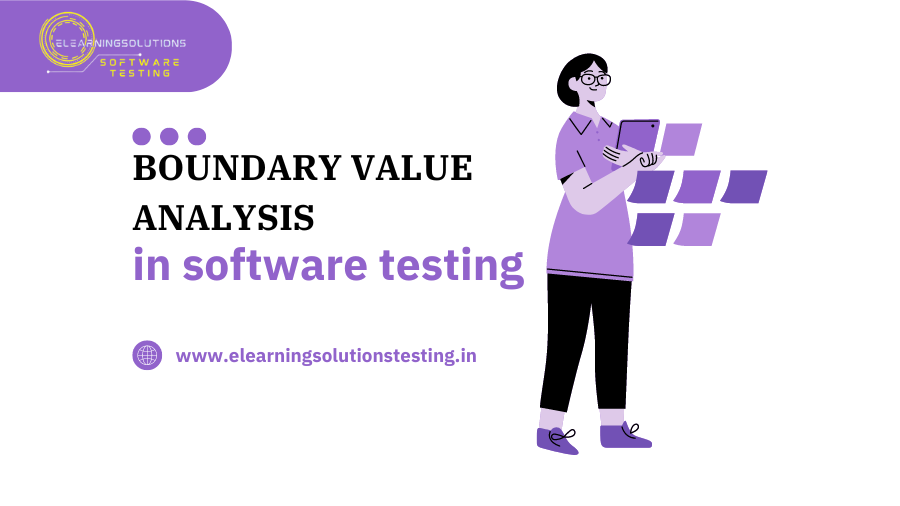Guarding the Gates: Demystifying Boundary Value Analysis in Software Testing
In the realm of software testing, ensuring the reliability and robustness of applications is paramount. One powerful technique employed to achieve this goal is boundary value analysis (BVA). This blog delves into the intricacies of boundary value analysis in software testing, exploring its purpose, application, and how it empowers testers to identify potential software defects.
Understanding the Why: The Need for BVA
Many software errors often lurk near the boundaries of valid input values. BVA recognizes this inherent risk and focuses on testing these critical areas to uncover potential issues. Imagine a program accepting ages between 18 and 65. BVA would prioritize testing with values like 17, 18, 64, and 65, along with values slightly above and below these boundaries (e.g., 16 and 66).
The Power of Boundaries: What BVA Tests
BVA focuses on testing the following key areas:
- Equivalence Partitions: Dividing the input domain into valid and invalid partitions based on pre-defined criteria. BVA tests values within each valid partition (e.g., ages between 18 and 65) and invalid values outside the boundaries.
- Boundary Values: Testing values at the edges of each partition, including the minimum, maximum, and any specific values (e.g., 18, 65, and potentially 0 in this case).
- Just-Inside and Just-Outside Values: Testing values slightly above and below the boundary values to assess how the program handles slight variations in input (e.g., 17 and 66 in the age example).
Putting BVA into Practice: A Step-by-Step Guide
- Identify Input Variables: Determine the variables that accept user input or external data.
- Define the Input Domain: Specify the range of valid values for each input variable (e.g., age between 18 and 65).
- Partition the Input Domain: Divide the input domain into valid and invalid partitions based on the defined criteria.
- Identify Boundary Values: Determine the minimum, maximum, and any specific values within each partition.
- Design Test Cases: Create test cases that cover all the identified boundary values, both valid and invalid.
- Execute Test Cases: Run the designed test cases and analyze the results.
Benefits of Embracing BVA:
- Improved Defect Detection: By focusing on critical areas, BVA effectively identifies potential errors at the boundaries of input values.
- Increased Efficiency: It helps testers prioritize test cases and optimize testing efforts by focusing on areas with higher risk.
- Simplified Test Design: The structured approach of BVA streamlines the test case design process, making it easier to create comprehensive tests.
Beyond the Basics: Considerations for Effective BVA
- Identify all relevant input variables: Ensure all variables that can impact the program’s behavior are considered for BVA.
- Document test cases clearly: Maintain clear and concise documentation of test cases, including the rationale behind each boundary value.
- Combine BVA with other testing techniques: BVA serves as a powerful tool, but it’s often combined with other testing techniques for a more holistic approach.
Conclusion:
Boundary value analysis stands as a valuable weapon in the arsenal of software testers. By understanding its core principles and applying it effectively, BVA empowers testers to identify and prevent defects lurking at the edges of software functionality, contributing to the development of more robust and reliable applications. Let’s embrace BVA and ensure our software products function flawlessly within their intended boundaries.
Read more blogs:
Effective Test Case Design: A Comprehensive Guide

